Ever notice how a tire is round except for the part that's resting on the ground? That part is flat and flanked by short segments of bulging sidewalls because the tire is being pressed into the pavement by the weight of the vehicle on which it's mounted. As the tire rolls, that flattened section of tire pops back into its natural round shape, and the next section of tire is pressed flat, until the entire tire revolves and every part of it has been flexed flat and back again.
This constant flexing creates a tiny amount of heat, which adds up with time. A typical tire revolves roughly 750 times as it travels a mile. At 60 mph, that's 750 revolutions per minute. As the miles roll by, the tire gets hotter, which is why the tire pressure increases by about four pounds per square inch (psi) after a tire has been driven for a while.
If a tire's air pressure is too low, it will get even hotter because reduced pressure results in more flexing. Taken to the limit, maximum tire flex occurs when pressure is zero and the tire is flat. Increased load on the tire has the same effect because it causes the tire to flatten more at the contact patch. Higher speed also makes the tire hotter because it flexes more often. Finally, the outdoor temperature matters. Whatever the mix of tire pressure, load, and speed, a tire will get hotter when it's 90 degrees outside than when it's 30 degrees.
How hot does the tire get? Typical tires experience a temperature increase of roughly 50 degrees after running on the highway for a half-hour. If it's a 70-degree day, this suggests a tire temperature of about 120 degrees. If it's a hotter day, or you're driving faster, or you're hauling a heavier load, or your tires don't have the proper air pressures, they could get hotter. To limit these temperatures, some automakers recommend increasing tire pressures for heavier loads or sustained high speeds.
But if it gets hot enough, any tire will come apart, usually by shedding its tread in large strips from the tire carcass.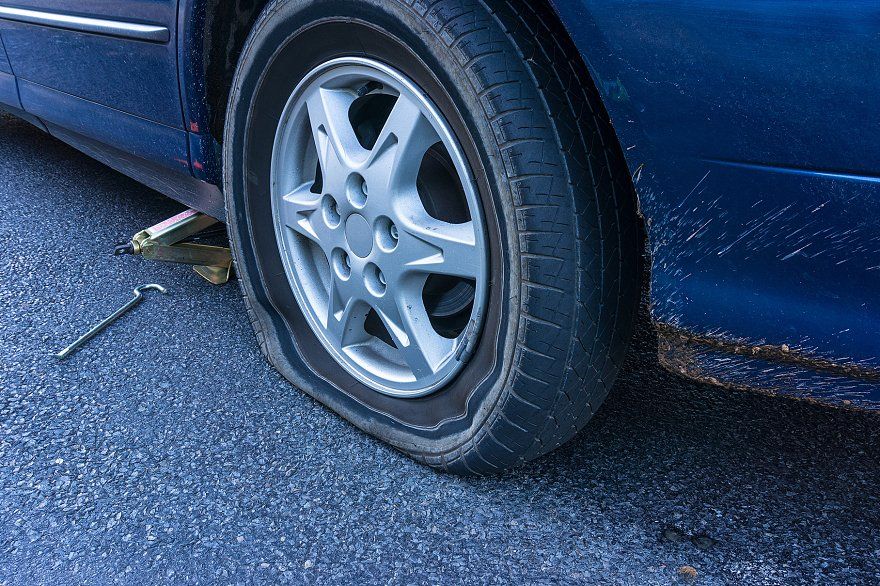 Tiremakers work with automakers to ensure that this happens very rarely. But this classic high-temperature tread separation is precisely what is happening with certain P235/75R-15 Firestone ATX, ATX II, and Wilderness AT tires supplied predominantly on new Ford Explorers over the past 10 years.
Tiremakers work with automakers to ensure that this happens very rarely. But this classic high-temperature tread separation is precisely what is happening with certain P235/75R-15 Firestone ATX, ATX II, and Wilderness AT tires supplied predominantly on new Ford Explorers over the past 10 years.
As this is written, the problems with these Firestone tires have been linked to 2226 incidents resulting in more than 400 injuries and 101 fatalities. Yet no one seems to know exactly why the tires are coming apart.
Firestone first suggested that the failures were caused by drivers who were allowing their tires to become underinflated and possibly overloading their Explorers. No doubt there is some truth to these suggestions, but it is hard to imagine why Explorer drivers would be any more guilty of these driving sins than drivers of any other vehicles. After all, how many of us check our tire pressures every week as we should?
As the media attention became laser hot on Firestone and Ford, the recommended tire pressure for the Explorer came into dispute. Ford has specified 26 psi for Explorer tires of the size in question ever since the model was introduced 10 years ago. Firestone now argues that 30 psi would be a safer tire pressure and that Ford ignored its recommendation for the higher pressure.
Ford has specified 26 psi for Explorer tires of the size in question ever since the model was introduced 10 years ago. Firestone now argues that 30 psi would be a safer tire pressure and that Ford ignored its recommendation for the higher pressure.
Thirty psi would increase high-speed durability, based on the discussion above, but whatever the disagreement on this issue between Ford and Firestone, surely the tire was thoroughly tested at the 26 psi that was specified in production. Moreover, the tires in question have a "105" load rating. This means that each tire can support 2028 pounds when inflated to 35 psi. Reducing the inflation pressure to 26 psi drops this load capacity to about 1550 pounds each.
Looking back at Car and Driver's tests over the past 10 years, the heaviest Explorer we've tested was a '96 XLT V-8 that weighed 4500 pounds with a full load of fuel and no passengers or luggage. Of that weight, 2479 pounds was on the front axle and 2021 pounds was on the rear axle.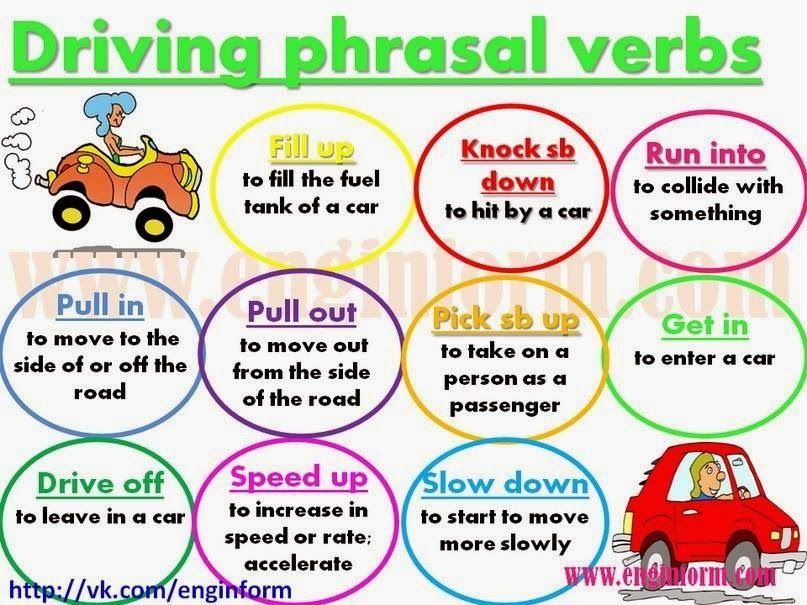 Even if you added five 200-pound occupants and 200 pounds of luggage, you would end up with about 2700 pounds on the front axle and 3000 pounds on the rear axle -- less than the 3100 pounds that a pair of tires should safely carry at 26 psi.
Even if you added five 200-pound occupants and 200 pounds of luggage, you would end up with about 2700 pounds on the front axle and 3000 pounds on the rear axle -- less than the 3100 pounds that a pair of tires should safely carry at 26 psi.
Csaba Csere
Contributing Editor
Csaba Csere joined Car and Driver in 1980 and never really left. After serving as Technical Editor and Director, he was Editor-in-Chief from 1993 until his retirement from active duty in 2008. He continues to dabble in automotive journalism and LeMons racing, as well as ministering to his 1965 Jaguar E-type, 2017 Porsche 911, and trio of motorcycles—when not skiing or hiking near his home in Colorado.
To avoid frequent replacement costs and incidents, vehicle owners should take good care of their tires. This includes making sure they don’t get overheated while driving.
If you often drive in hot summers and smell burning rubber while driving, you may be wondering – how hot do tires get on the road? Here’s what I have found out!
Tires normally heat up to 50 degrees Fahrenheit more than the ambient temperature after driving on a highway for 30 minutes. Above 195 degrees Fahrenheit, tires wear out rapidly and lose strength, and may even explode if the temperature crosses 250 degrees Fahrenheit.
Above 195 degrees Fahrenheit, tires wear out rapidly and lose strength, and may even explode if the temperature crosses 250 degrees Fahrenheit.
If you want to learn more about what a high tire temperature is, why tires get hot while driving, how it affects the inflation temperature, and much more, keep on reading!
The temperature at which your tires start to take serious damage and experience rapid wear is 195 degrees Fahrenheit (90 degrees Celsius).
Not taking measures to control the temperature and keep it below this range can drastically reduce the tire’s lifespan.
Note that if the temperature rises further and crosses 250 degrees Fahrenheit (121.1 degrees Celsius), the tire will start to lose its structural strength, and may even explode.
Before we learn how to keep tires from getting too hot on the road, it is important to understand why tires get hot when driving.
Tires are made of hollow rubber which is filled with air. When the tire makes contact with the road and experiences friction, the air molecules inside begin to move faster.
So the air pressure exerted from inside and the friction the rubber experiences from outside due to contact with the road generates a lot of heat.
The more friction is caused by these two factors, the more the temperature of the tires rises.
Along with this, other factors that cause tires to get hot while driving includes weight overload, high-speed turns, and braking to a stop at high speeds.
In all of these cases, the tires experience a greater amount of friction in a short period of time, which generates a lot of heat and causes the temperature of the tires to go up.
Tire manufacturers assign temperature ratings of A, B, and C to tires, depending on how much heat tires can withstand at high speeds:
If you cross the maximum speed for each rating, the tires will generate more heat than they can dissipate, causing overheating and a rapid reduction of the tire’s structural strength.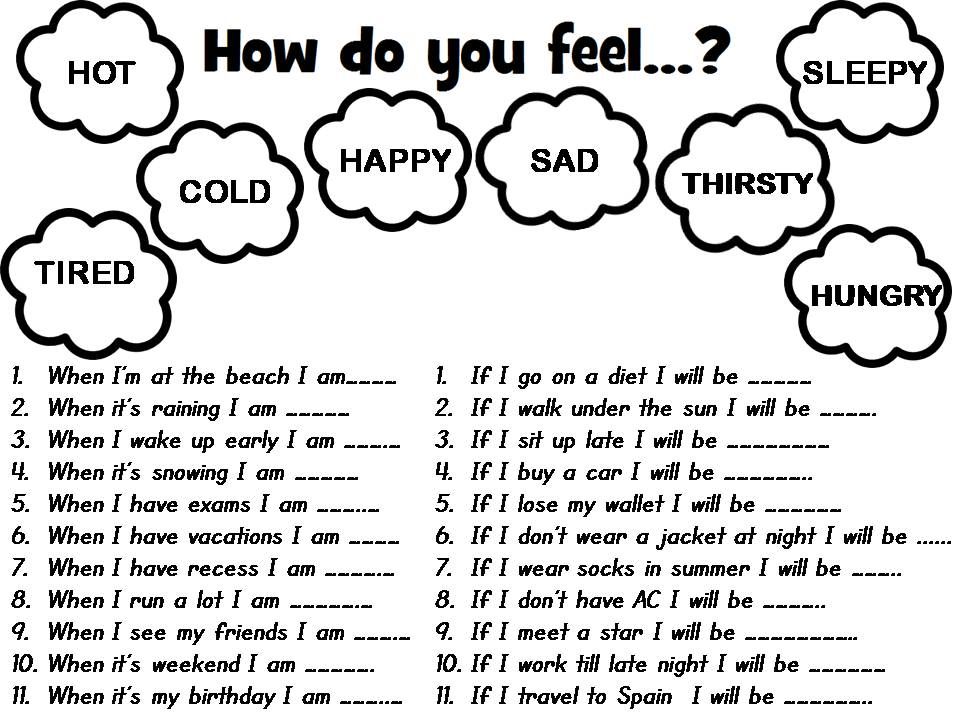
High temperatures (above 250 degrees Fahrenheit) can cause tires to explode, as mentioned earlier.
This happens because the inflation pressure of a tire increases as its temperature rises.
When tires get hot, the air molecules take more space, colliding more often with each other and the tire walls. This results in the tire getting inflated beyond the recommended limit.
So if the pressure exceeds the safe range, the tires are very likely to burst.
The case with racing cars is a bit different from normal vehicles because they are designed to move at very high speeds, causing more friction and temperature rise.
Like other tires, the tires of racing cars also degrade and wear down at high temperatures. However, their grip also increases with temperature up to a certain point.
Because of this, the driver has to balance carefully between the ideal grip and degradation the tires can tolerate.
A sweet spot where tires deliver a high grip with moderate degradation is around 85-90 degrees Celsius (185 – 194 degrees Fahrenheit).
However, if the cars are competing in a sprint race, the driver may choose to go as high as 95 degrees Celsius (203 degrees Fahrenheit) for better grip at the cost of more degradation.
The two most important physical indicators of an overheated tire are that the tire will be hot to touch, and the pressure gauge will show over-inflation.
Note that the normal inflation pressure for tires is between 32 to 35 psi, so if the inflation pressure is way above this range, your tire may be overheating.
If you live in a region that experiences hot summers, tire overheating is likely to be a very common issue.
To deal with this effectively, the first thing to take care of is the inflation pressure.
Make sure that the tires are inflated to the recommended (not maximum) pressure using a pressure gauge before you drive your vehicle.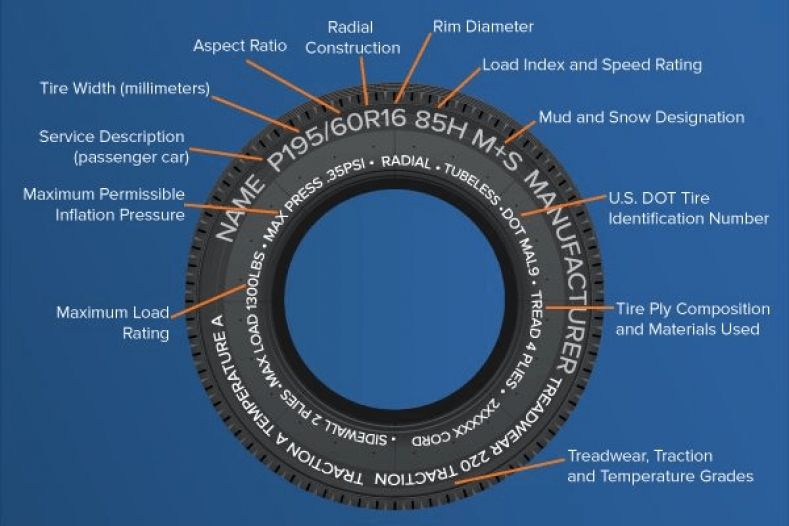
The maximum inflation pressure for a tire is usually mentioned on its sidewall, while the recommended is around 33 psi. Ideally, you should stay well below the maximum pressure.
Keep in mind that the recommended inflation pressure and the guidelines above apply to cold tires, i.e. those that are not overheated.
If the tires are hot, you should inflate them to 4 psi higher than the recommended pressure, and check the pressure again when the tires are cold.
Routinely inspecting the inflation pressure will ensure that you drive smoothly without causing a lot of friction and unnecessary temperature rise.
Whenever you observe the tires getting overheated, stop your car on the side of the road and allow the tires to cool down.
Along with that, avoid driving at high speeds or putting too much load on your vehicle since both of these contribute to increasing the temperature of the tires.
All these measures will help you stay within the safe temperature range, even during summers.
To find out more about tires, you can also read our related posts on how long do summer tires last, how long do tires last in Florida, and why do tires dry rot.
Normally, tires heat up to 50 degrees Fahrenheit more than the ambient temperature on the road. However, factors such as weight overload, mechanical issues, tire health, and high speed can cause overheating.
If the temperature reaches 195 degrees Fahrenheit, the tire will start getting damaged. For racing cars, hot tires usually mean better grip, but at the cost of more tire degradation.
To avoid excessively high temperatures, maintain recommended inflation pressure in tires, do not drive at very high speeds, avoid putting too much load on your vehicle, and pull over whenever you suspect that the tires are overheated.
Question one
The instructions for the car say that you need to pump 2. 1 atmospheres into the tires. It is clear that this refers to the pressure in cold tires. But what temperature are "cold" tires? Depending on the season and place in Russia, it can be +40°C or -50°C. Everyone knows that when the car is moving, the air in the tires heats up and its pressure increases accordingly. However, no one for some reason does not attach due importance to this. At least shinomontazhki certainly do not bother.
1 atmospheres into the tires. It is clear that this refers to the pressure in cold tires. But what temperature are "cold" tires? Depending on the season and place in Russia, it can be +40°C or -50°C. Everyone knows that when the car is moving, the air in the tires heats up and its pressure increases accordingly. However, no one for some reason does not attach due importance to this. At least shinomontazhki certainly do not bother.
In tire shops, when the wheels are beaded, air is pumped in by the temperature of the room (or street), and when you come to the tire shop with a request to check the pressure in the tires and pump up, the air is pumped up cold plus to the already heated one. And what kind of air to pump in general? What temperature? In winter, it is -30°C outside, when driving, the air of the tires heats up to 80 degrees. At high speed, with underinflated tires, the heating can be up to 120°C, and even up to 150°C (although the destruction of the tire due to overheating already begins). Every 8° change in air temperature gives a change in tire pressure by 0.1 atmospheres. If 2.1 atmospheres are pumped at -30°C in winter, then when the air moves and heats up to 80°C, the pressure will become 3.5 atmospheres. Question: Will the tire withstand such pressure? And why don't manufacturers specify what tire temperature they consider "cold"?
Every 8° change in air temperature gives a change in tire pressure by 0.1 atmospheres. If 2.1 atmospheres are pumped at -30°C in winter, then when the air moves and heats up to 80°C, the pressure will become 3.5 atmospheres. Question: Will the tire withstand such pressure? And why don't manufacturers specify what tire temperature they consider "cold"?
Second question
Tires are initially inflated when removed. And when they then pump up to the desired pressure, they do it without removing the wheel. It is not clear to me why the same pressure is created in the removed wheel and in the wheel under load?
I still remember a little physics and I know that rubber, like a spring, has its own compression / extension ratio. The more you stretch the rubber, the more it resists. Air pressure causes the rubber that the tire is made of to stretch, but as it stretches, the resistance to stretch increases. At some point, these compressive and tensile forces equalize, balance, and the condition of the tire stabilizes. Of course, all this happens instantly even at the moment of inflating the tire, I just to make it clearer to describe the process as I see it.
Of course, all this happens instantly even at the moment of inflating the tire, I just to make it clearer to describe the process as I see it.
When the weight of the vehicle presses on the wheel, the tire is compressed. The force with which the car pushes against the wheel is essentially added to the force with which the rubber resists internal expansion, but only on one side (at the point of contact with the road). As a result of the pressure of the mass of the car at the point of contact with the road, the rubber is compressed, the volume of the tire decreases, and the pressure increases. The resulting pressure increase increases the internal pressure force and causes the rubber to expand more where the tire is not touching the ground. And we see that the rubber profile on the bottom is always slightly smaller than on the top. But this change in shape only partially extinguishes the excess pressure, because. rubber stretches unevenly, plus a metal cord prevents stretching.
To be clear, imagine an over-inflated tire that is inflated to its maximum. It cannot be inflated more strongly, more precisely, it is certainly possible to drive air into it, but the volume of the tire will not increase at the same time - the tire cord is stretched to the limit and creates a rigid structure that can only be compressed inward. Let's start to put pressure on this tire with some mass large enough for the tire to start to bulge, but it will no longer be able to expand in other places. The volume will decrease and the pressure will increase as a result.
It cannot be inflated more strongly, more precisely, it is certainly possible to drive air into it, but the volume of the tire will not increase at the same time - the tire cord is stretched to the limit and creates a rigid structure that can only be compressed inward. Let's start to put pressure on this tire with some mass large enough for the tire to start to bulge, but it will no longer be able to expand in other places. The volume will decrease and the pressure will increase as a result.
Maybe, of course, with normally inflated tires, the tires have a sufficient margin for expansion in places that are not in contact with the road, but in my opinion there should still be at least some difference (at least 0.1 atm) between the removed and installed tires .
98 comments like favorites #
Only registered users can post comments. Please login or register.
When the vehicle is in operation, the tires mounted on its wheels roll under load. In this case, the tires heat up . The features of this process are described in this article by scientists from the Volgograd State Technical University and the Makhachkala branch of MADI.
In this case, the tires heat up . The features of this process are described in this article by scientists from the Volgograd State Technical University and the Makhachkala branch of MADI.
Tire heating features
Tire heating during rolling occurs mainly as a result of friction in the tire materials, since frictional losses between air particles in the tire are negligible. Mechanical and molecular friction between the structural elements of the tire is converted into thermal energy, and friction on the road surface is also converted into heat and tread wear .
The temperature at a given point on the tire is advantageously determined on the basis of a balance between the amount of heat generated at that point in each unit of time and the ability to remove that heat.
If you divide the tire into sectors - slightly larger than the sector covering the contact patch of the tire with the road, you can see that heat is generated in each sector of the tire. This occurs cyclically only in a short period of time when the sector approaches and passes the contact patch with the road. Each sector then cools down, transferring heat to the surrounding air until it approaches the contact patch with the road again.
This occurs cyclically only in a short period of time when the sector approaches and passes the contact patch with the road. Each sector then cools down, transferring heat to the surrounding air until it approaches the contact patch with the road again.
Areas of the tire profile where the rubber is thicker and the deformation is greater generate more heat. The temperature at a given point on the tire is also affected by heat generation at adjacent points. Therefore, during operation, the tire has a different temperature at each point of its profile. At the beginning of the wheel movement, the released heat goes to heat the tire body and is partially dissipated in the environment. As you drive further, the temperature of the tire rises and heat is redistributed between different areas of the tire profile.
How to calculate the amount of heat when a tire is heated
The amount of heat generated per unit time at one point or another on the tire is determined by the type of friction, the magnitude and rate of deformation, as well as the ambient temperature.
The amount of friction depends on the properties of the material and the loading of the tire elements. More loaded elements of the tire during their work release more energy. Molecular friction is usually less than mechanical friction between individual elements. In those places where good molecular adhesion between rubber and cord is not ensured, i.e., where mechanical friction prevails, a rapid local increase in temperature is observed during tire operation.
Friction loss increases with tire deformation and vehicle speed, but decreases with temperature. Heat is removed from the tire by convection, conduction and heat radiation. It increases when the tire is blown by the wind and increases with an increase in the blowing speed.
Under normal operating conditions of the wheel, most of the heat is removed from the tire by convection into the atmospheric air, and only about 15% by heat transfer to the dry pavement. The ratio between the heat removed to the air and the road depends on many factors. First of all, this ratio depends on the temperature difference between the surface of the tire and the road, as well as the amount of heat generated as a result of friction in contact.
First of all, this ratio depends on the temperature difference between the surface of the tire and the road, as well as the amount of heat generated as a result of friction in contact.
Popular tire brands: Nokian, Michelin, Hankook.
What determines tire temperature? 1.
Fig. Fig. 1. Dependences of the temperature at the points of the cross section of the tire when it rolls along the drum at different constant speeds
Figure 1 shows that with an increase in speed, the temperature increases at some points of the cross section of the tire, and decreases at others. At high wheel speeds, the tire has a maximum temperature in section 1-3, located in the middle of the tread tread. Therefore, the tire temperature is estimated either by the average temperature of the air in the tire or by the actual temperature at a given point in the tire profile. The latter is measured with conventional needle thermocouples, special thermistors and thermal imagers.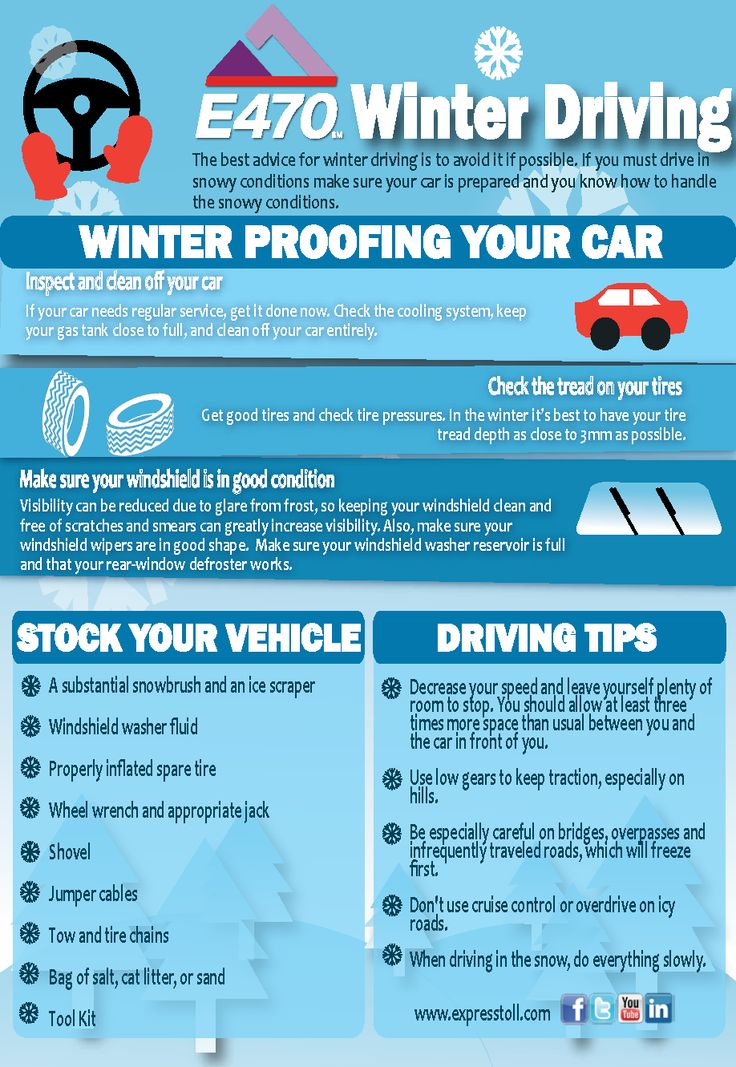
Tire temperature depends on tire size, ambient temperature, wheel load, air pressure and wheel rolling speed. The design of the tire, the tread pattern and the degree of its wear, the hysteresis and thermal characteristics of tire materials, and roughness also affect. It does not do without the influence of the evenness of the supporting surface of the road and the intensity of heat removal (air blowing, driving on a wet road, on snow and ice, etc.). The transient thermal state of the tire, in addition, depends on the rolling time in this mode.
Experiments and research
Experimental dependences of temperature at various points of the tube tire 8-15, on the time of rolling the wheel on the drum at a constant speed are shown in Figure 2. This figure shows that at a speed of 160 km/h the temperature in the shoulder the tread zone increases to 135°C, and the air temperature in the chamber is approximately 20°C lower. The rise in temperature lasts approximately 10 minutes, after which it becomes constant. Such an increase in temperature is due to the high rolling speed and the rapid acceleration of the drum to this speed.
Such an increase in temperature is due to the high rolling speed and the rapid acceleration of the drum to this speed.
Fig. Fig. 2. Experimental dependence of the tire temperature on the wheel rolling time on the drum at a constant speed of 160 km/h, a load of 600 kgf, an air pressure of 1.7 kgf/m 2 and an ambient temperature of 38°C: 1 – tread temperature in the shoulder area tires; 2 - air temperature in the chamber
During operation, tires rarely reach such speed and temperature. Figure 3a shows the operational dependences of the maximum air temperature inside the tire (for tires 11-12) on speed at different ambient temperatures, with or without wind, and with different tire loads.
The experiments were carried out under laboratory conditions at a constant initial pressure and two values of normal load (2300 and 1840 kgf). The tests were carried out in the absence of tire blowing with air (curves 1 and 4), when the tire was blown, when the ambient temperature reached 25°С (curves 2 and 6) and 5°С (curves 3 and 6).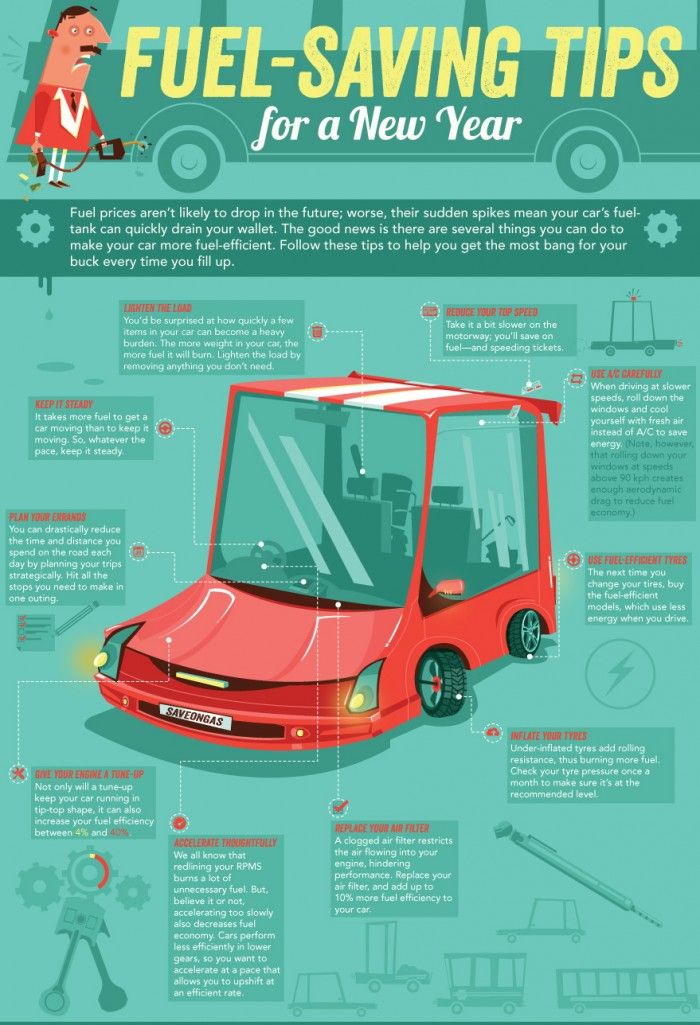
Fig. 3. Dependences of the maximum air temperature inside the tire (for tires 11-12) on the speed:
2 - the same, but with the wind; 3 - with wind, temperature 5ºС; 4 - without wind, G to = 1840 kgf, temperature 25ºС; 5 - the same with the wind; 6 - the same at a temperature of 5ºС;
b) - with different tire plies, where: 1 - with 14 layers of cord, 2 - with 12 layers, 3 - with 10 layers.
Conclusions
The following conclusions can be drawn from figure 3a:
– at the same air pressure, a 20% reduction in the load on the wheel significantly reduces the temperature regime of the tire;
- lowering the ambient temperature even by 20°C slightly reduces the temperature of the air in the tire;
- the decrease in load has the greater effect on reducing the operating temperature of the tire, the higher the speed of the wheel;
- blowing the tire with wind has the greater effect on reducing its temperature, the more it is loaded.
Figure 3b shows that the more cord layers a tire has, the higher the tire temperature at the same tire rolling speed.
Thus, as the tire temperature rises, more and more heat is dissipated in the outside environment. After a certain time of the wheel movement at a constant speed, the tire acquires such a temperature distribution at which a balance is established between the influx of heat and its dissipation in the external environment. The highest temperature is usually observed in the breaker area in the middle of the tread and in the shoulder areas of the tire.
Temperature has a great influence on rolling resistance and tire life. An increase in tire temperature leads to a significant decrease in hysteresis losses in it. This is a positive factor in terms of reducing the resistance to movement. Dependences of the rolling resistance coefficient and the average temperature of the tire on the time it is run in at a constant speed are shown in Figure 4.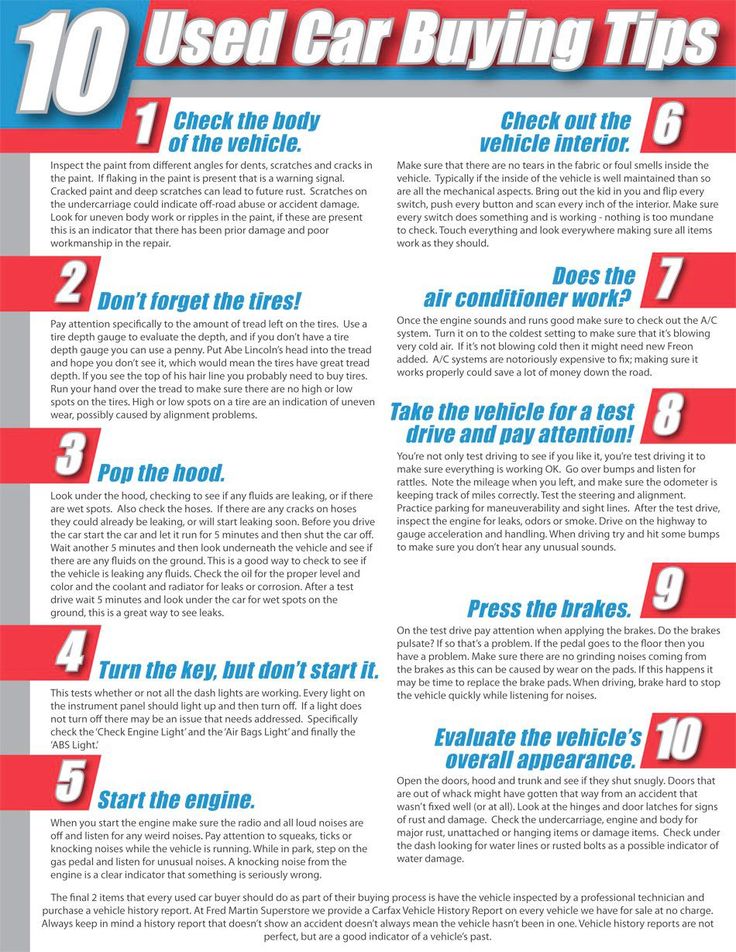
Fig. 4. Dependence of the coefficient of rolling resistance and the average temperature of the tire on the time of its running in at a constant speed, where: 1 – 10 km/h; 2 - 30 km / h; 3 - 60 km / h.
Data for fig. 4 obtained on a drum stand for a tire having a load of 1200 kgf and an air pressure of 5.75 kgf/cm 2 . The tests were carried out at three different speeds from 10 to 60 kilometers per hour. The figure shows that the coefficient of resistance to wheel movement decreases with increasing tire temperature, the more intense, the greater the speed of the car.
An increase in temperature results in a decrease in the strength of rubber and cord. When the temperature rises from zero to 100°C, the strength of the nylon cord decreases by about 20%, and the strength of the rubber and its connection with the cord decreases by about 2 times. Therefore, the choice of the optimal temperature, which provides low resistance to wheel movement and high tire life, must be given serious attention.